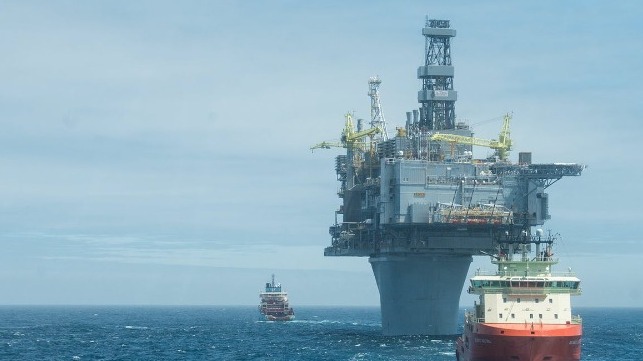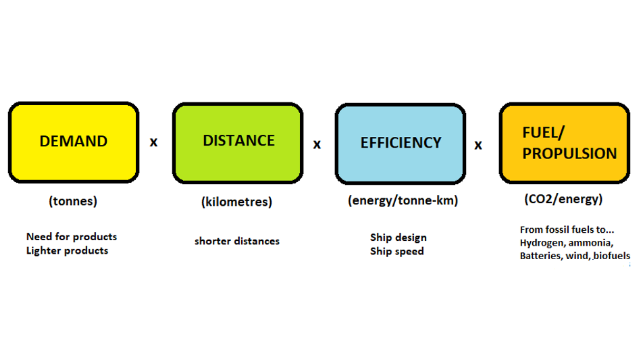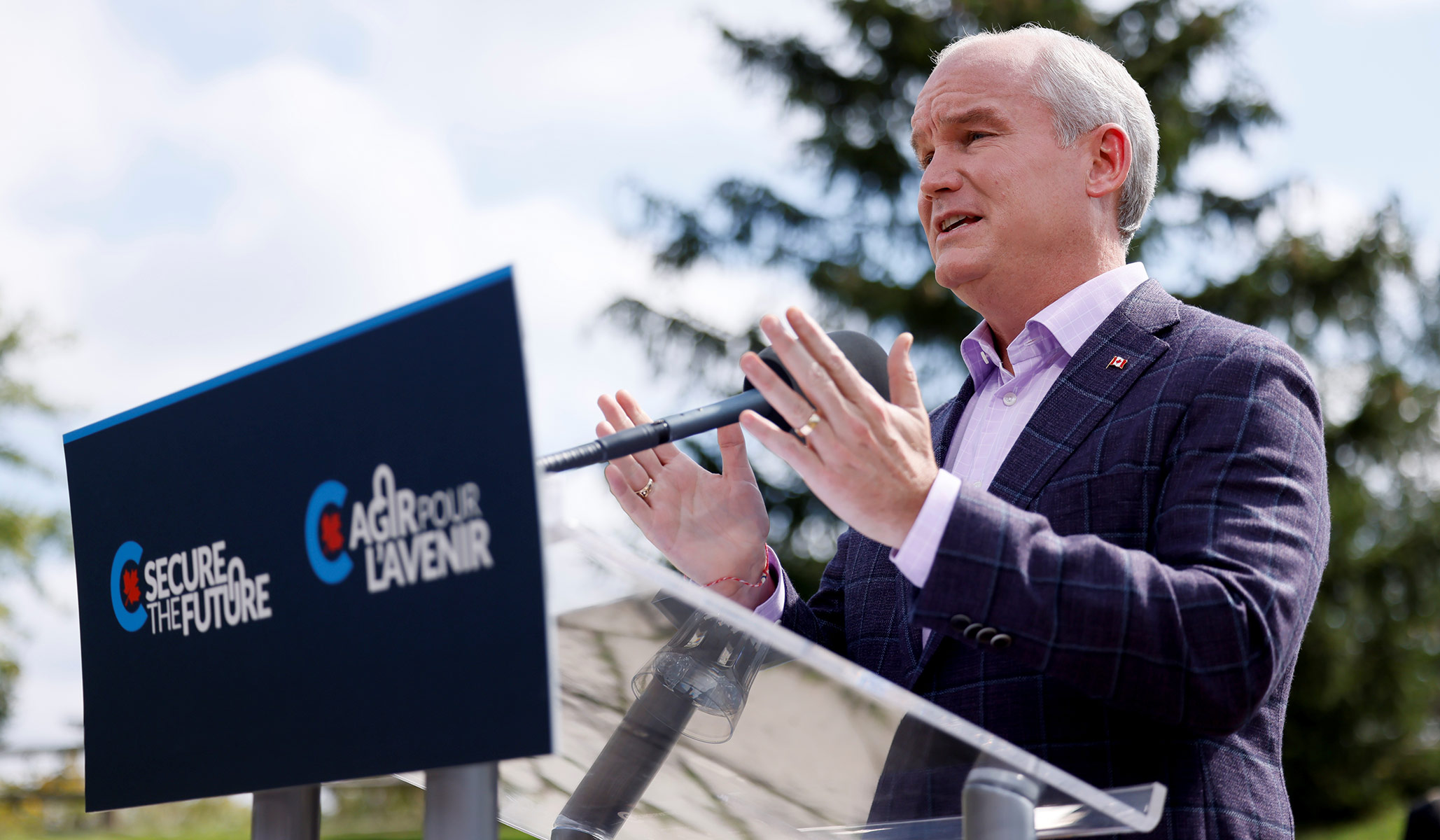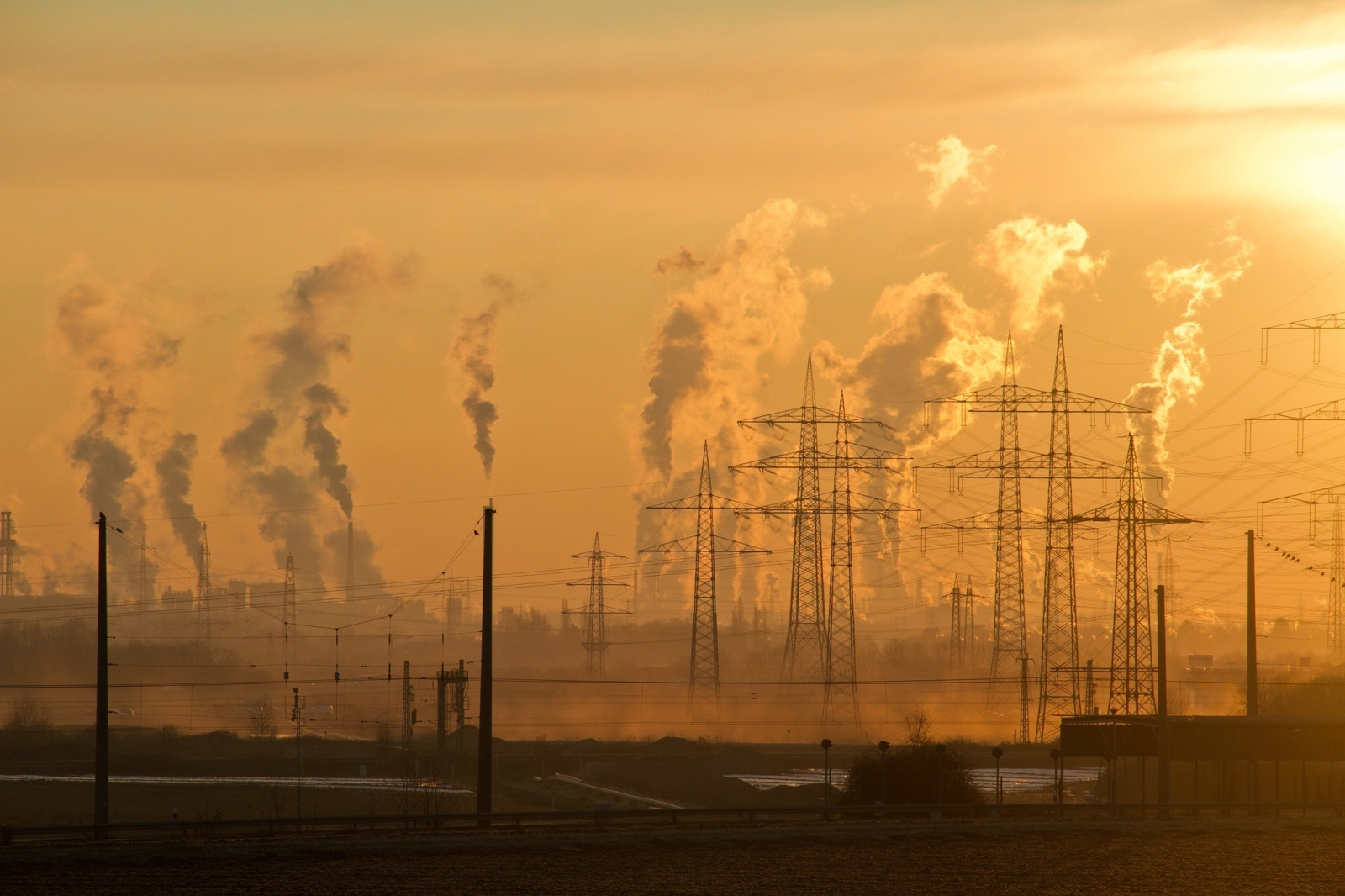New England Fishermen File Suit Against BOEM Over Vineyard Wind

A coalition of fishing industry interests has filed a court challenge against the U.S. Bureau of Ocean Energy Management's recent decision to green-light the Vineyard Wind project, America's first commercial-scale offshore wind farm. The group, the Responsible Offshore Development Alliance (RODA), says that BOEM failed to fully account for fishery impacts when it approved the wind farm's construction and operations plan (COP), the final federal permit granting permission for construction.
In a statement, RODA said that it engaged constructively with BOEM over the course of the back-to-back environmental impact statement (EIS) and COP reviews for Vineyard Wind. However, RODA said that despite its proactive efforts, BOEM "roundly ignored" its input and made no effort to "minimize unreasonable interference with traditional and well-managed seafood production and navigation."
“This is a precedent-setting decision by BOEM, and it is critical that they get it right so that future projects are following a trusted roadmap instead of a flawed and dangerous example,” says Anne Hawkins, Executive Director of RODA. “Unfortunately, this lawsuit is the only recourse fishermen have to ensure the fishing communities’ concerns are addressed.”
The group's concerns are centered on navigation and fishery productivity. According to RODA, the one-nm-square grid layout approved by BOEM would put the turbines too close together for fishing vessels to navigate safely in heavy seas. The group also asserts that BOEM has not taken a "holistic approach" to analyzing the impact of wind farm development on the local ocean ecosystem and on shoreside communities.
"The quality of oversight and regulatory due diligence that we see for other types of industries and other large projects just wasn't completed here,” Hawkins told WBUR.
In a recent letter to RODA, BOEM director Amanda Lefton noted that the agency has removed several New England areas from lease sale consideration because of their importance to fishermen, including potential sites near Nantucket Lightship, Cox Ledge and Cholera Bank. She also pointed to the gear-loss and revenue compensation fund established as part of the Vineyard Wind record of decision, an arrangement that will pay out local fishermen for some of the losses incurred due to the development. Regarding RODA's concerns with turbine spacing and transit lanes, she noted that the U.S. Coast Guard had studied the impact of one-nm-spaced turbines and had concluded that the arrangement was safe for navigation.
The agency has recently advanced several additional wind farm proposals, issuing a final environmental impact statement (EIS) for South Fork Wind off Long Island and a draft EIS for the New York Bight development area. The EIS analysis for South Fork Wind predicts that its construction will have "long-term, moderate to major adverse impacts on commercial fisheries" off Long Island, with financial implications for local fishermen.








